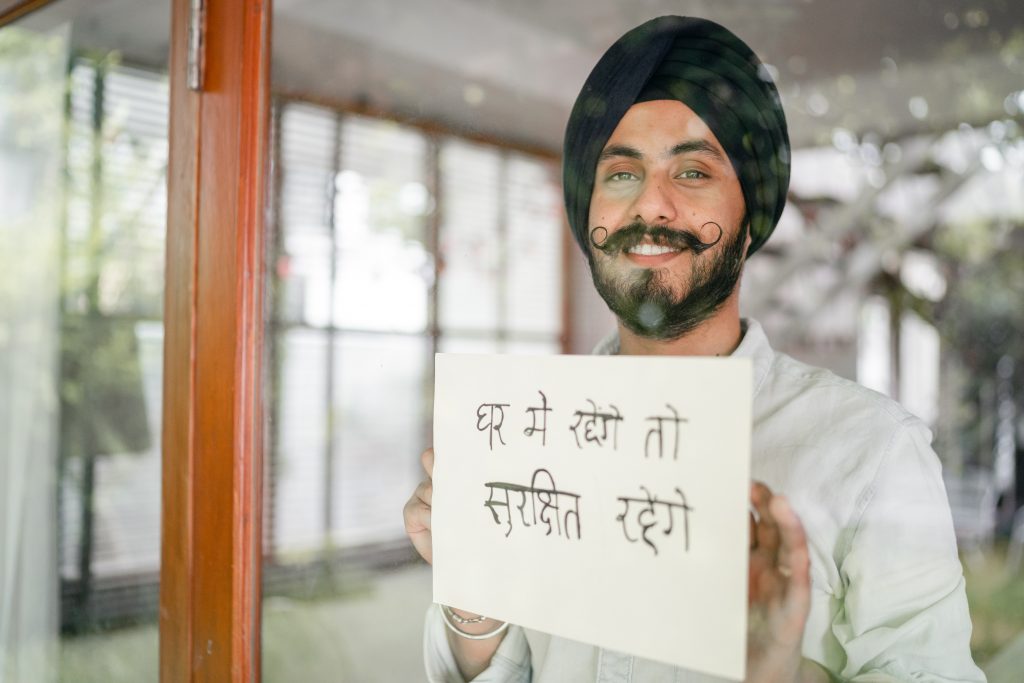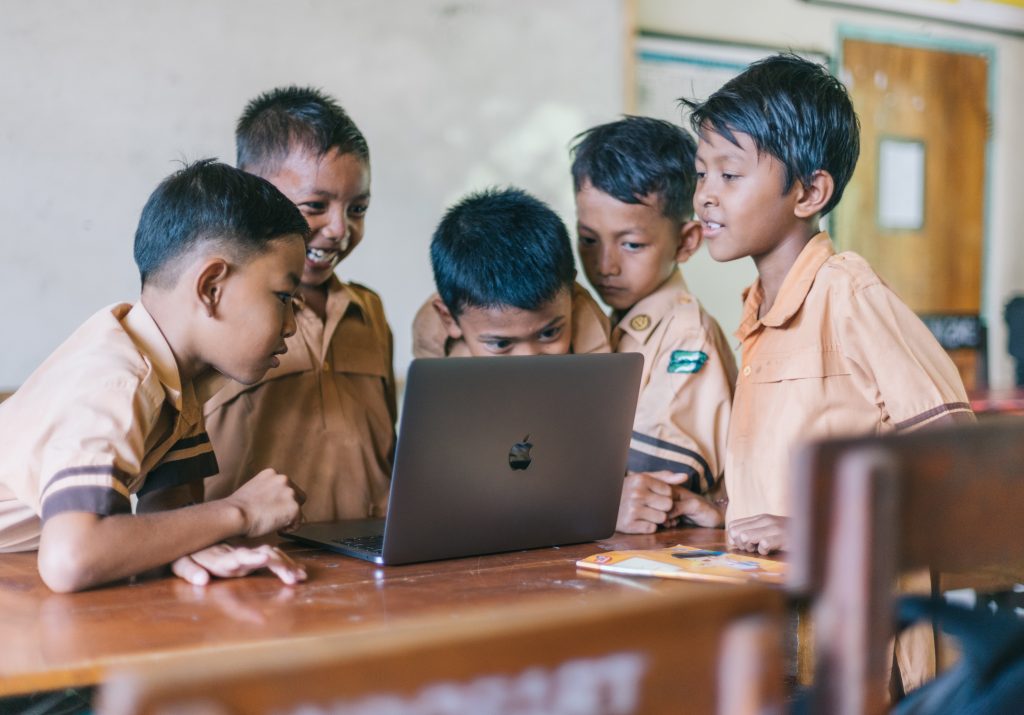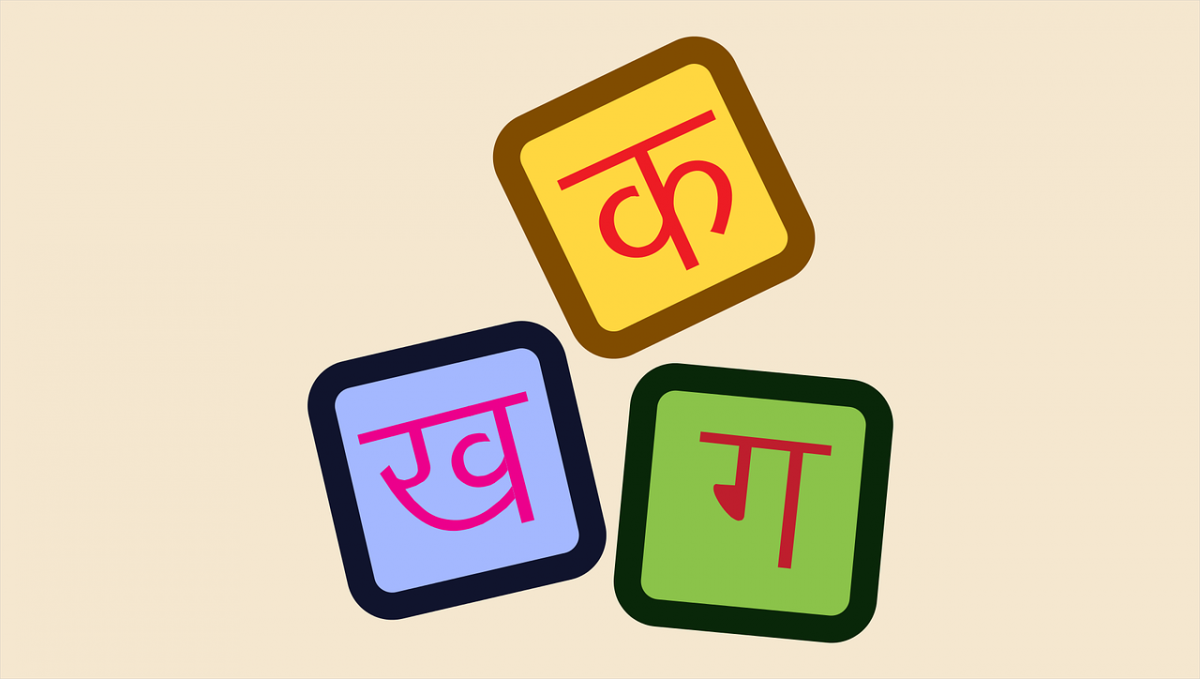India is a multi-cultural, multi-lingual democracy reflecting the message of unity in diversity. There are so many languages spoken within a region that it is common observation that after every twenty kilometers, the language changes. Internationally, Hindi and Bengali are the third and the sixth most spoken Indian languages. As a citizen of India, it becomes essential to learn at least two languages, one being the mother-tongue and the other being English or the language of one’s choice.


The Indian languages can be broadly categorized on the basis of their origin. The North-Indian languages are influenced by the European languages while South-Indian languages are of Dravidian origin. The multi-lingual characteristic of the country has rendered India to have no national language. The Central Government of India, however, recognizes Hindi as the official language.
If you are curious to learn a language and you are a citizen of India, it is advisable, to begin with, an indigenous language as they have similarities in them. Some are even gaining international popularity. Your best options based on popularity would be Bengali, Kannada, Hindi, and Gujarati.


Bangla
Bengali, Assamese, and Oriya all belonged to one family initially and share their claim over the early literary texts, like the Buddhist mystic songs: Charyapadas. Bangla belongs to the Indo-Aryan origin. It has two major spoken forms: Sadhubhasa (venerable form) and Chaltibhasa (colloquial form). The former is used mostly during an oration. It is easier to learn as it follows the syntax: subject-object-verb word order; and is gender-neutral.


Kannada
Spoken by approximately more than 38 million individuals as their first language; Kannada was granted the classical-language status in 2008 by the Government of India. This is directly influenced by Dravidian languages. The syntax is subject-object-verb, similar to other Dravidian languages, and verbs are marked for person, number, and gender.


Hindi
Hindi is a member of the Indo-Aryan group within the Indo-Iranian branch of the Indo-European language family. Significant Hindi speech communities are also found in South Africa, Mauritius, Bangladesh, Yemen, and Uganda. In India, Hindi is spoken as a first language by nearly 425 million people and as a second language by some 120 million more. The various dialects of Hindi include Awadhi, Bagheli, Bhojpuri, Bundeli, Chhattisgarhi, Garhwali, Haryanawi, Kanauji, Kumayuni, Magahi, and Marwari. With the Persian influence, Hindi has reduced its gender to only two- masculine and feminine.


Gujarati
This is also influenced by the Indo-Aryan languages and currently has over 46 million speakers; most of them residing in the United Kingdom and the United States. It has three genders (masculine, feminine, and neuter), two numbers (singular and plural), and three cases (nominative, oblique, and agentive-locative) for nouns. The language has similar phonetics with other Indo-Aryan languages, like, Hindi because they use the same Devanagiri script.
Languages are primarily speech. The written form of any language evolves after the spoken one. In fact, it is safe to say that the written form is a more refined form of the spoken dialects for the purpose of proper documentation. After decades of use, all languages undergo drastic change as the speaker changes it according to his/her convenience. Learning a language is learning about the age-old yet ever-changing culture of that place.







4 replies on “4 Most Learned Indian Languages”
I love the way you explain stuff. Very relatable!
Thank you, Reader! We feel motivated. Do check out our other blogs.
You come off a little out of context-would you add more examples?
Appreciate the feedback, dear reader. Do let us know the blog posts which need clarification, we’ll definitely update the content.